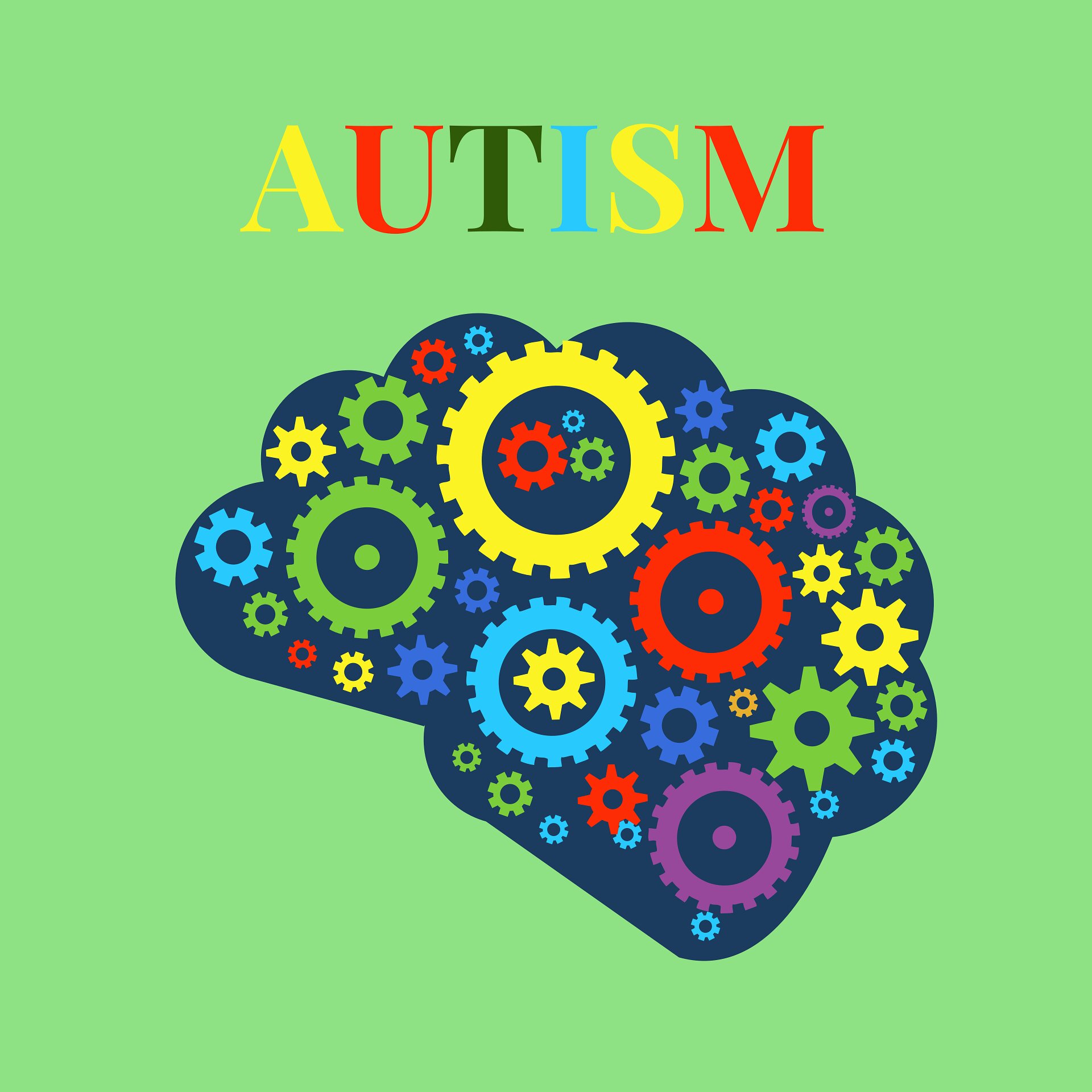Comprehending the Spectrum: A Comprehensive Guide to Autism Understanding
Comprehending the Spectrum: A Comprehensive Guide to Autism Understanding
Blog Article
Exploring Autism: Strategies for Efficient Interaction and Interaction
Efficient communication and communication with people on the autism range require an extensive understanding of their distinct requirements and preferences. The complexities of these approaches reveal further considerations that merit expedition, specifically in just how they can be adjusted to private experiences and varied contexts.
Recognizing Autism Range Condition
Autism Spectrum Disorder (ASD) includes a series of neurodevelopmental problems characterized by difficulties in social interaction, communication, and recurring habits. The term "spectrum" reflects the diverse manifestations and differing degrees of intensity experienced by individuals with ASD. While some may exhibit substantial disabilities, others may display high-functioning traits, permitting better independence in everyday life.
The onset of ASD usually occurs in early childhood years, with signs typically well-known by age 2. Early indicators may consist of postponed speech growth, limited eye get in touch with, and troubles in recognizing social cues. Although the exact etiology of ASD continues to be unclear, research study recommends a mix of ecological and hereditary variables plays an important function in its development.
As an outcome, treatments and assistance customized to specific demands are necessary for cultivating interaction and social abilities. Acknowledging the complexity of ASD is vital for advertising awareness, approval, and effective approaches that assist in meaningful communications with individuals on the range.

Importance of Clear Communication
Effective communication is important for cultivating understanding and connection, particularly for people with Autism Spectrum Problem (ASD) Clear communication not only helps with social communications however also improves the person's ability to express their demands, emotions, and thoughts. For people with ASD, the subtleties of language can often be testing; for that reason, making use of simple and unambiguous language is vital.
Moreover, clear interaction helps in reducing frustration and anxiousness that may arise from misunderstandings. When messages are conveyed in a regular and straight manner, people with ASD are much better furnished to interpret details properly, which can substantially boost their social interaction and engagement in different setups.
Establishing regimens and using aesthetic supports can better reinforce clear interaction. These methods provide individuals with foreseeable structures that aid understanding and retention of information. Furthermore, actively being and paying attention person throughout interactions promotes a helpful setting where individuals with ASD feel valued and comprehended.
Inevitably, focusing on clear communication not only encourages individuals with ASD but likewise fosters more purposeful links with their peers, caregivers, and the broader neighborhood, leading the way for inclusive interactions and collaborative partnerships. - autism
Non-Verbal Interaction Methods
Communication prolongs beyond words, and for people with Autism Range Disorder (ASD), non-verbal signs play a significant role in communications. Non-verbal communication techniques can include face expressions, motions, body language, and eye call, every one of which act as essential components for sharing purposes and emotions.
Recognizing and translating these non-verbal signals can boost interactions with people with ASD. A cozy smile or open stance can produce a welcoming environment, encouraging engagement. Making use of aesthetic aids-- such as photo cards or symbols-- can link communication gaps and assist share messages a lot more properly.
It is also important to be mindful of personal space, as individuals with ASD may have various comfort levels concerning distance. Observing their reactions to physical nearness can inform appropriate changes.

Developing Encouraging Atmospheres
Creating an encouraging setting is essential for fostering positive interactions and enhancing the wellness of individuals with Autism Range Condition (ASD) Such atmospheres can considerably minimize anxiety and develop a feeling of safety, permitting individuals to reveal themselves extra easily.
To attain this, it is vital to consider sensory level of sensitivities that individuals with ASD might experience. Customizing the physical room to include soft illumination, marginal background noise, and comfy seating can produce a relaxing ambience. Additionally, utilizing consistent routines and clear aesthetic routines can other aid people anticipate shifts and lower unpredictability, additional advertising comfort.
Social rooms should be structured to decrease overwhelming stimuli while supplying opportunities for engagement in favored tasks. Assisting in locations designated for silent time can additionally work as a sanctuary throughout minutes of anxiety. Notably, integrating elements of choice encourages individuals, allowing them to work out company in their atmosphere.

Urging Social Interactions
Promoting social interactions among people with Autism Spectrum Disorder (ASD) calls for deliberate strategies that prioritize convenience and involvement. Developing predictable regimens can assist decrease anxiety, making social setups extra friendly. Producing organized settings with specified duties and functions enables individuals to involve without the frustrating pressure of unstructured social characteristics.
Incorporating passions and strengths right into social activities can serve as a catalyst for communication. Organizing group tasks around shared hobbies or topics of fascination can assist in natural discussions and links. Furthermore, using visual supports, such as social scripts or pictorial timetables, can aid in comprehending social hints and assumptions.
Modeling proper social actions is critical - autism. Peers and grownups need to show reliable interaction methods, consisting of active listening and turn-taking. Role-playing scenarios can likewise offer a secure area for individuals to practice these abilities
Lastly, promoting peer connections through comprehensive practices is necessary. Encouraging inclusive playdates or team trips can produce opportunities for socializing in a comfy setup. By executing these methods, caregivers and educators can dramatically boost social interactions for individuals with ASD, advertising their general social growth and wellness.
Final Thought
To conclude, effective interaction and interaction approaches are vital for supporting people with Autism Spectrum Condition. Highlighting clear language, integrating non-verbal signs, and developing predictable routines considerably enhance interaction and reduce stress go to my blog and anxiety. Creating helpful settings promotes secure social interactions, while urging shared interests promotes meaningful connections. Inevitably, these techniques encourage people with autism to browse his explanation social landscapes, promoting their general health and enabling the development of long lasting relationships.
Reliable communication and interaction with individuals on the autism spectrum require a thorough understanding of their distinct requirements and choices. Clear communication not only helps with social communications however also improves the individual's capacity to reveal their ideas, feelings, and requirements.Fostering social interactions among people with Autism Spectrum Problem (ASD) calls for willful strategies that prioritize convenience and engagement. By applying these educators, methods and caregivers can substantially improve social communications for people with ASD, promoting their general social advancement and health.
In final thought, effective communication and communication techniques are important for supporting people with Autism Spectrum Condition.
Report this page